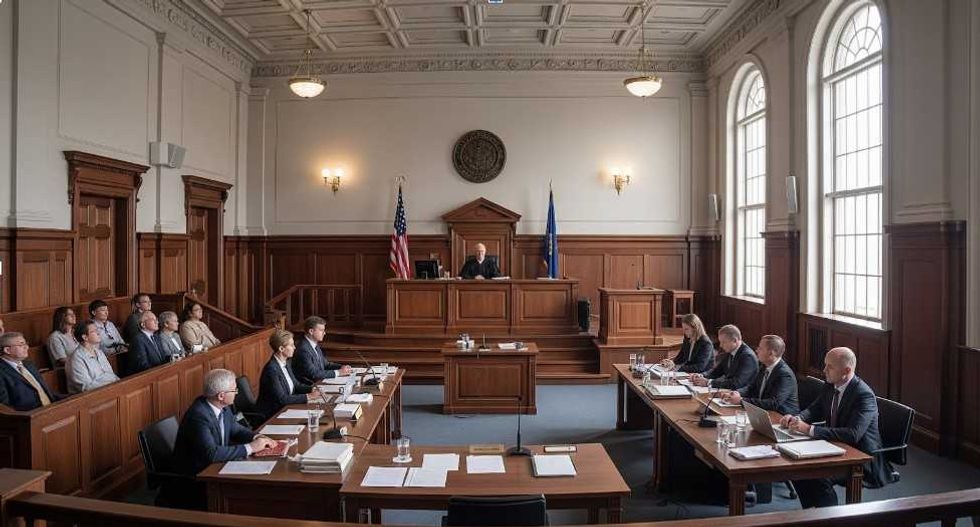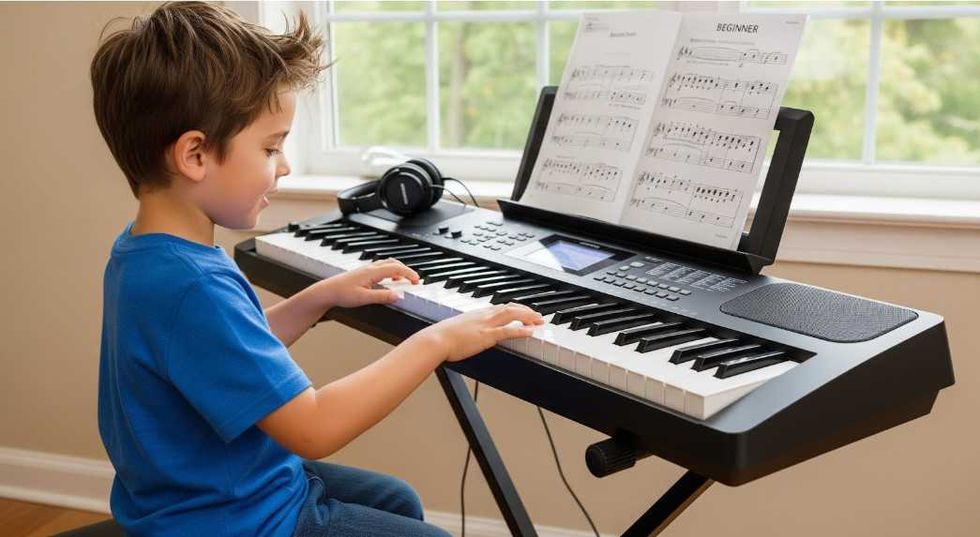Acclimating to a culture in a different area with different people is one thing. Say you've come to D.C. from New York or California. Sure, there may be a different climate, different types of people, and a slightly different system, but the culture is still relatively the same.
Coming from across the opposite corner of the world, however, is a whole different story. It is an 18-hour flight (yes, about 18 hours all together. I get a surprised gasp from everyone who I tell that to) from the rocky, green, mountainous terrains of Kathmandu, Nepal to the paved, urban streets of Washington, D.C.
Now imagine acclimating to Howard University while coming from a culture which is utterly, completely different. That's a big challenge. Everything about U.S.A., D.C., and at the very least, Howard University is different from what we used to have back home.
I remember the crowded, chaotic streets with cramped-up spaces from back home and compare it to the wide, open, large, and spacious streets they have here. I remember the variety of small stores, restaurants, tea shops, two-storied office buildings, and electronics shops in close proximity to street food and street vendors selling cheap watches, headphones, clothes, and other paraphernalia along the pavement, and I compare it to the large, air-conditioned restaurants and large office buildings they have here.
There is a lot of difference between D.C and Nepal, and the list could go on forever. So, for now, I will focus on my experience here at Howard University and how it is different from what I used to experience in Nepal.
Formal handshakes? Nah. I'll pass.
The very first thing almost every Nepali freshman would notice here at Howard is probably the way in which people (students, actually) greet each other. Back home, it wouldn't be anything more than a formal handshake, a hello, and a smile. Let me describe my first handshake with another freshman here at Howard.
I reached out my hand and introduced myself, expecting him to return the handshake.
"Nope, that's way too formal. We're buddies, not business partners!"
"Okay, teach me how to --" before I finished, he smiled with a knowing nod and slightly lifted one of his hands with his palms open. Instinctively, I did the same. With one swift movement, he brought his hand forward and I emulated. As he slightly struck my palm with his, the gesture created a small pop sound as he caught hold and thrust his hand down a little bit to mark the end of the merry greeting gesture.
"Yeah that's cool. You got it!"
...
One week later, I saw the same guy while walking to my class. Instinctively, both our hands formed a fist followed by a quick fist bump, and then in unison we opened up our palms, did the pop noise and the final thrust down in perfect coordination.
Nice shoes
"Hey, nice shoes!"
"I like your shoes."
"Where did you get those shoes, bro?"
"Those shoes must be great for skating!"
"Those shoes must be pretty expensive, right?"
I did think about keeping the secret about my "expensive," good-looking shoes, but oh well, I'll take one for the sake of this article.
Everything is way cheaper in Nepal. Since 105 NRS (Nepali rupees) equates to $1, it's astonishing how much money escapes our pockets here in the U.S. as students. I'll just go ahead and make a list of how much things cost back home, as opposed to here in the U.S., so that you can open up your jaws in disbelief for a while.
Taking a taxi to a very far location within the capital? $15. Maximum. Just need to travel from office to home or to a friend's house? $1-$5.
Large bottled water? 25 cents. Noodles? 15 cents. Candy? One penny. Now that you think about it, pennies are not that worthless, are they? Now hold on. Some relatively stumpy quality candy? Four for a penny. (For you Nepalese wondering about this, yes, you're right. I'm talking about the mighty Orange Ball.)
Ice cream? 40 cents. A bottle of Coca Cola? 35 cents.
A big, fat, juicy, double-layered XXL chicken burger with extra-extra cheese and fries? $3. Raise that to $5 and people will start saying that burger is pretty darn expensive!
Broke your phone? Guessed so, I guess broken phone screens are a trend these days. Don't worry, though, they'll repair it for $20.
Your motorbike needs a quick fix from the mechanic? $1-$5, max, unless you rode your bike down a steep mountain and landed on one of those rocky ditches and broke both your arms, your back, and bruised your skull at the same time, of course. Even if that happens, you could go to the hospital and pay much less than here in the U.S.
Decent movie ticket? Exactly $1.80. Ticket to a good concert? $10-$15.
Decent enough hotel room (with a TV and everything) for a day and a night? $30. They'll even drop it to $20 if you have excellent negotiating skills.
Ready to pack your bags and head to Nepal for a vacation? Just you wait, I haven't got to the best part yet.
Need a bus ride? 15 cents. No, it's true. Really. Ask any Nepalese walking about at Howard.
And ... if you have a student ID, they'll even knock off 5 cents. Yes, 10 cents for a bus ride, I promise.
Now back to the point I made in the beginning. How much do you think those really nice shoes I'm wearing costs in Nepal? Go figure.
Am I sure I can eat all of that? Sure, why not?
So food is another surprising issue Nepalese face while dining at Howard University.
In Nepal, it goes like this:
Wake up, eat a little breakfast. Eat a lot of rice and curry at noon (huge meal #1). Have some tea and biscuits at around 2 p.m. Eat a little again at around 4 p.m. Maybe have some snacks around 6 p.m., again. And have your biggest meal sometime during the night (huge meal #2) and then sleep.
So, averaging six meals a day. No, don't be surprised; we are not all sumo wrestlers looking to gain weight. The difference is that we eat a little bit each time, in contrast to a hot dog, a burger, fries, corn, peas, greens, beans, sour cream, chicken leg, waffles with syrup, brownies, cookies, and two tall glasses of cold drinks (with ice) here at Howard. One meal over here equals to about half of the entire day's quota of food at Nepal.
Wrapping it up
These are a few differences between how things are at Nepal in contrast to Howard. In all honesty, this article could go on forever and never end. However, I shall end this week's quota up to this point as it isn't on my long to-do list (filled with assignments and tests) to bore my dear readers to death by writing too long an article.
If you liked this article, stay tuned!
I shall be continuing this series next week, with more detail on our cherished Nepali international students and more insight from the Nepali perspective.



















